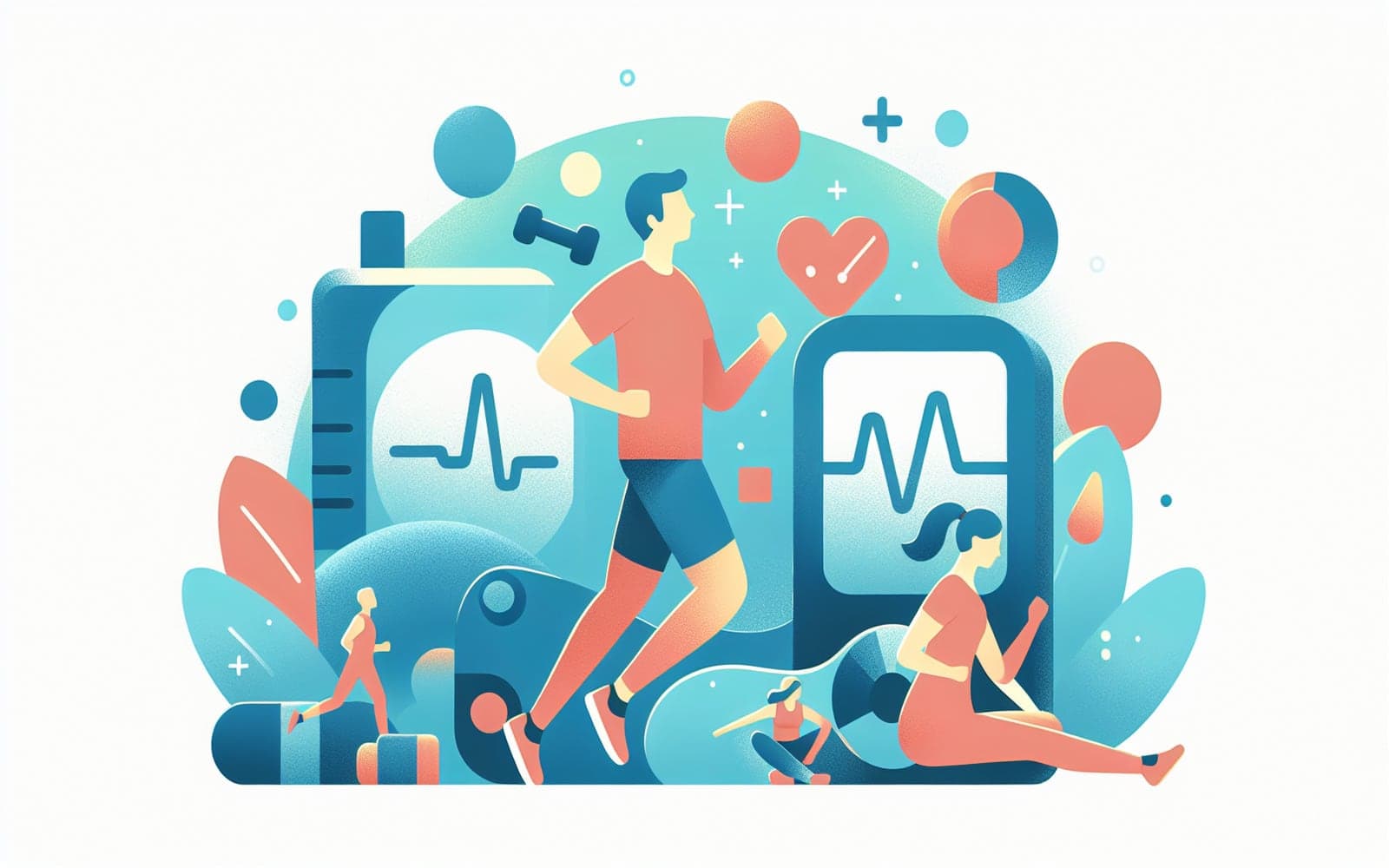Exercise and Diabetes: How to Avoid the Hypoglycemia Trap!
Published: May 10, 2024
Exercise is great for managing diabetes, but it can sometimes lead to hypoglycemia. Here’s how to stay active without the worry.
Contents
Understanding Exercise-Induced Hypoglycemia
Exercise increases glucose utilization by muscles, potentially causing hypoglycemia. This is especially true for individuals with insulin-treated diabetes. To prevent this, it’s important to understand how exercise affects your blood sugar levels.
Pre-Exercise Preparations
Checking blood sugar levels before exercise is crucial. If levels are low, eating a carbohydrate-rich snack can prevent hypoglycemia. Planning your meals and insulin doses around your exercise routine helps maintain stable blood sugar.

Post-Exercise Actions
After exercising, it’s important to monitor blood sugar levels to catch any delayed hypoglycemia. Consuming a balanced snack post-exercise can stabilize glucose levels. Staying vigilant for several hours after physical activity is key.
Frequently Asked Questions
Exercise increases glucose use by muscles, leading to lower blood sugar.
Yes, a carbohydrate snack can prevent low blood sugar during exercise.
Monitor your levels and eat a balanced snack to stabilize blood sugar.
Yes, checking levels helps tailor your exercise and meal plans.
Key Takeaways
Understanding your body’s response to exercise helps prevent hypoglycemia.
Get started: Talk with Doctronic to create an exercise plan that suits your diabetes management needs.Related Articles
References
Riddell MC, Gallen IW, Smart CE, et al. Exercise management in type 1 diabetes: a consensus statement. Lancet Diabetes Endocrinol 2017; 5:377.
Rickels MR, DuBose SN, Toschi E, et al. Mini-Dose Glucagon as a Novel Approach to Prevent Exercise-Induced Hypoglycemia in Type 1 Diabetes. Diabetes Care 2018; 41:1909.
Always discuss health information with your healthcare provider.

